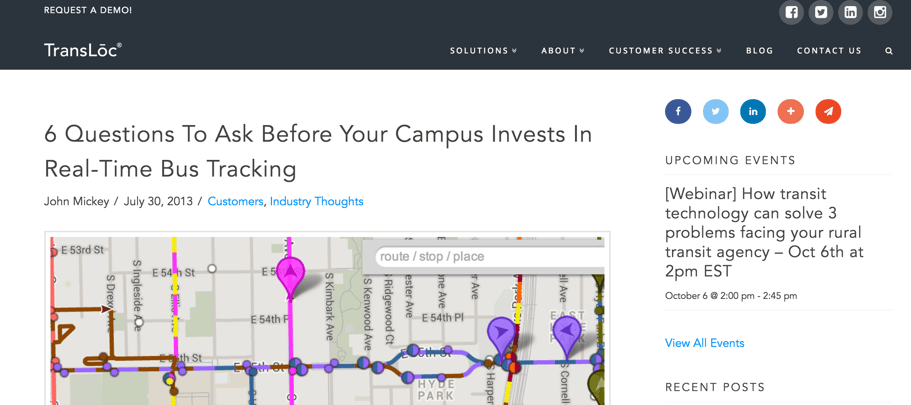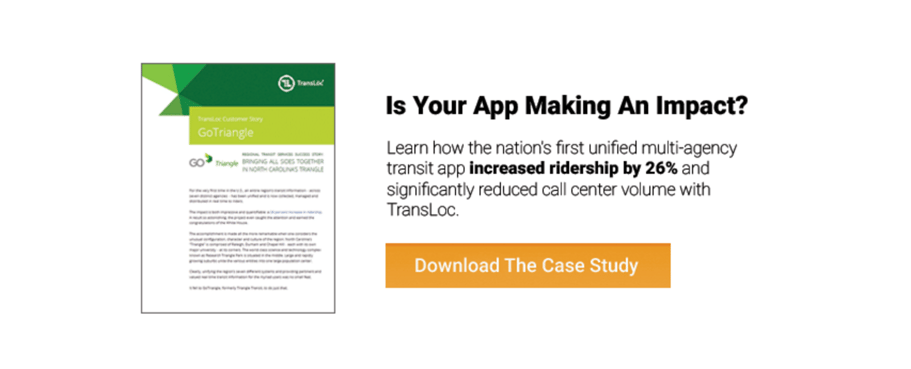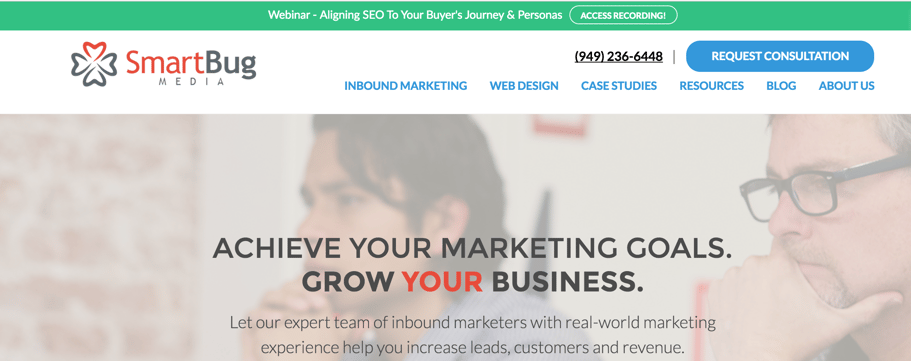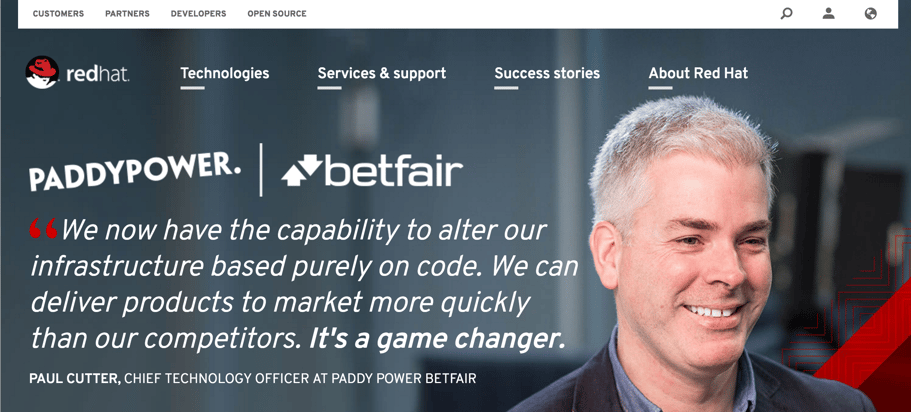
When your prospects are on the fence, pondering whether to purchase from your company or a competitor, they’re likely doing thorough research to ensure they’re making the right decision. From a vendor perspective, it’s crunch time. Case studies can be an extremely effective marketing tool at this point in the relationship and can be the tipping point for a prospect considering making a purchase. Developing effective case studies can be great for:
- Painting a picture for your prospects and showcasing the application of your product or service (beyond listing features and benefits)
- Demonstrating real results from happy customers
- Demonstrating ROI
In fact, according to Eccolo Media’s 2014 B2B Technology Content Survey Report, case studies ranked third when asked what types of content buyers evaluate before making a purchase. Demand Gen’s 2016 Content Preferences Survey indicated that 72 percent of respondents said case studies were the most valuable type of content viewed during their decision-making process.
So whether you’ve already established a portfolio of case studies or you’re exploring best practices for the first time, there’s a vast difference between a good case study and a great case study.
Writing an Effective Case Study
Start With a Common Problem
Your case studies should be relatable to a number of your personas—not just the customer you’ve chosen to highlight. What was this particular customer’s pain point? Have other prospects or customers expressed a similar problem? How were they solving the problem prior to working with your company?
Use Relevant and Specific Results
Once you’ve determined which customer story you’ll be highlighting in your case study, identify key metrics that resonate with your personas and real results that your customers experienced. Be specific! Make an impact on your prospects by including impressive results that align with their pain points.
Succinct
While a case study should tell a story, it doesn’t need to be a novel. You should be able to cover the main points in a few pages.
Quotes from the Customer
Include quotes from the customer regarding his or her problem and after seeing the results from utilizing your solution. Try to dig deep and uncover some of the feelings he or she was experiencing to truly resonate with your prospects.
Compelling Design
You’ve gone through all the work of compiling the data and details, so why risk driving your prospects away with a “blah” Word doc? Complement your case study with a compelling design that reflects your organization's brand, leverages white space, and allows for easy reading. Plus, note that the human brain processes visuals 60,000 times faster than text!
A Call to Action
At this point in the relationship, the prospect is in the decision stage of the buyer’s journey. To keep the prospect engaged and guide him or her toward purchasing, include a call to action (CTA) at the end of the case study guiding the prospect to speak with your team or request a demo.
Leverage Multiple Media Formats
While you’re probably most familiar with case studies formatted as PDFs or on Web pages, not everyone learns or retains information the same way. Here are some ideas to repurpose your case studies to cater to different learning styles:
- Turn your case study into a video.
- Record a podcast telling the story (even better if you can record with your customer!).
- Design an infographic. Emphasize the results in eye-catching illustrations.
Where to Showcase Your Case Study
Once you have a collection of awesome case studies, what’s the best way to use them? Is it enough to just post on your website’s resource center? Check out these key places you should be utilizing your case studies:
Lead Nurturing Emails
You should already be nurturing your prospects toward purchasing with targeted emails, or lead nurturing emails. Create a specific email to fit into your nurturing campaign that highlights the key points of one of your case studies that’s relevant to your prospect’s pain points. To keep the prospect engaged with your website, link to the full resource on your website. This increases the likelihood that he or she will browse around your site and keep your company top of mind. The key to effectively utilizing your case studies in lead nurturing emails is to ensure they’re applicable. A case study that’s irrelevant to your prospect is useless and could actually turn the prospect away if he or she feels his or her unique needs are being ignored.
Blog CTAs
Adding end-of-post CTAs on your blog articles to drive readers to your content is an excellent marketing strategy for converting leads. This same strategy can be applied to showcasing your case studies. Create a CTA promoting your case study that’s directly relevant to the blog topic. In the example below, TransLoc, a transit tech company, published a blog post titled 6 Questions to Ask Before Your Campus Invests in Real-Time Bus Tracking.

At the end of the article, the reader is presented with a CTA encouraging him or her to download a case study on a transit company that increased ridership by implementing TransLoc’s real-time bus tracking software.

Keep in mind that showing a case study to someone who is new to your blog or company may scare him or her away. He or she first needs to become familiar with you before learning about how your solution can potentially help solve his or her problem. A great way to ensure you’re only showing case-study CTAs to prospects or individuals who have engaged with your organization before is to use Smart CTAs. This function (available on most marketing automation software platforms) allows you to display different CTAs based on specific rules you define.
Equip Your Sales Team
When a prospect is handed off to your sales team, a case study can be an excellent tool for storytelling, BUT it’s important to consider the risk of bombarding your prospects with the same content. If a certain case study is used in lead nurturing emails that your prospects are receiving, ensure it’s not used by your sales team as well. Prospects will grow tired of seeing the same piece of content.
Specific Case-Studies Page
Sometimes leads will come to your website and know exactly what they’re looking for. They want to see how one of your products or services can solve their particular problem. Creating a separate section or page in your website resource center, dedicated to case studies, can help those leads find what they’re looking for, faster. Bonus: Title or tag the case study with a description that’s specific to the applicable pain point that your personas experience.
Take a look at how these companies are promoting their case-studies page on their site:
HubSpot houses its case studies under the Software tab within Resources. 
On our website, we added a link right in our top navigation to ensure case studies are easily found:

Red Hat also puts its link in the top navigation, but refers to its case studies as Success Stories.

Sold on the benefits of developing case studies that align with your prospects’ needs? Great! But remember: Case studies should be accompanied by other resources and should be built into your overall marketing strategy. In order to turn visitors into leads, leads into prospects, and prospects into customers, you’ll need content for each stage of the buyer’s journey.
Where have you found success showcasing a case study?

About the author
Andrea Moxham formerly was an Associate Consultant at SmartBug Media. She takes an eager and proactive approach to digital and inbound marketing methods, to help clients grow their businesses. Read more articles by Andrea Moxham.










